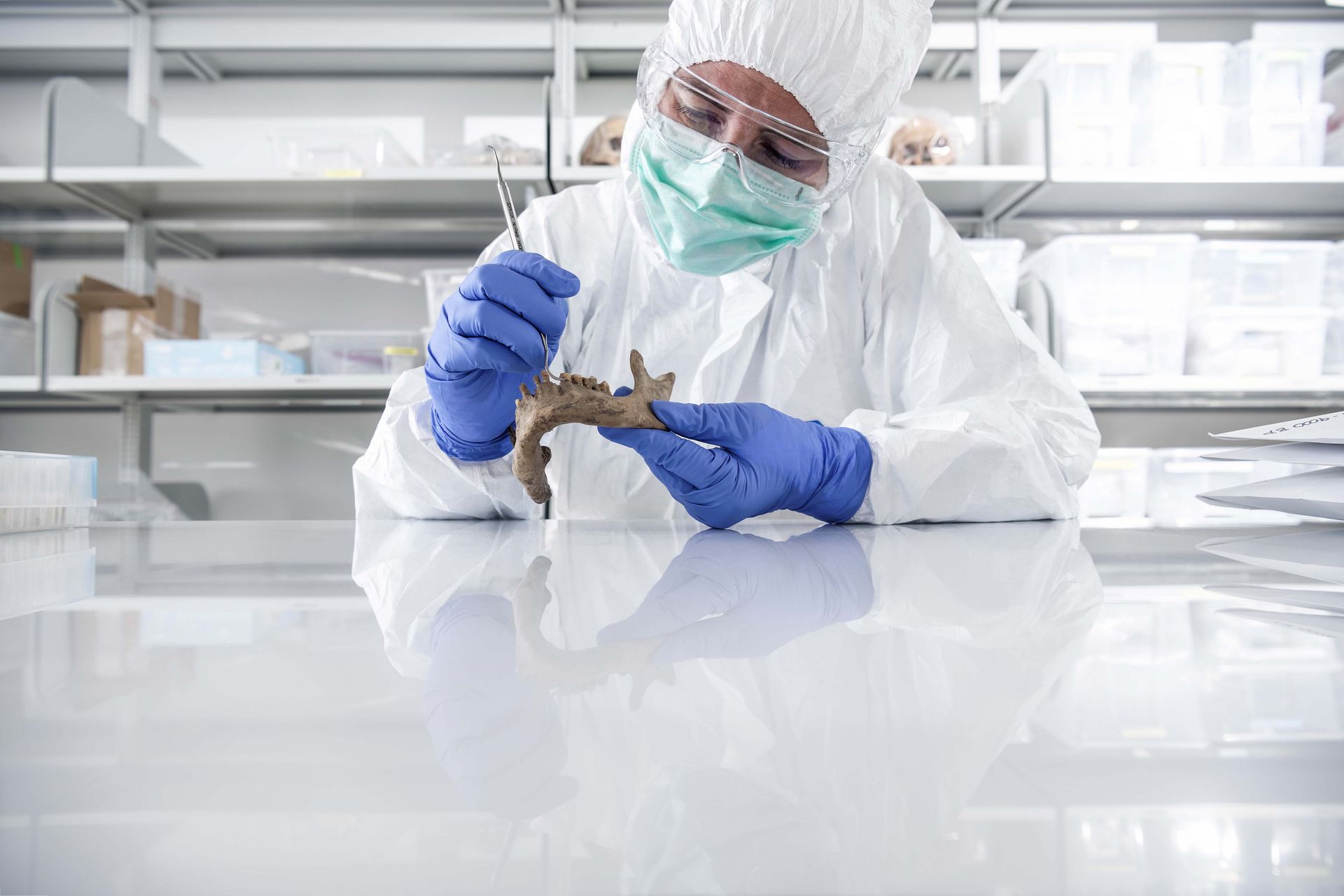
The secrets in dental plaque
A team of archaeogenetics experts led by Christina Warinner have reconstructed fossilised dental plaque of humans and Neanderthals from the last 100 000 years and compared them with dental calculus in chimpanzees, gorillas and howler monkeys. The results reveal that the oral bacteria (the oral microbiome) in modern humans is almost the same as that in Neanderthals. And the greatest surprise is that early humans and Neanderthals had groups of bacteria in their mouths that were specifically adapted to breaking down starches—already long before the advent of agriculture. This suggests that starchy foods like roots, tubers and seeds played an important role in the diet of early humans. It also demonstrates that research into oral bacteria can generate key insights regarding what our ancestors ate. This is of particular interest as diet may also be partly responsible for the evolution of a large brain, the hallmark of homo sapiens.
In other work, Christina Warinner’s research group have identified ten groups of bacteria that have made up the largest part of the oral microbiome in both humans and primates for over forty million years. Despite their importance for healthy gums and teeth, many of these bacteria are only poorly studied and some have never been given a name.
Links
> The evolution and changing ecology of the African hominid oral microbiome, PNAS, 18 May 2021



